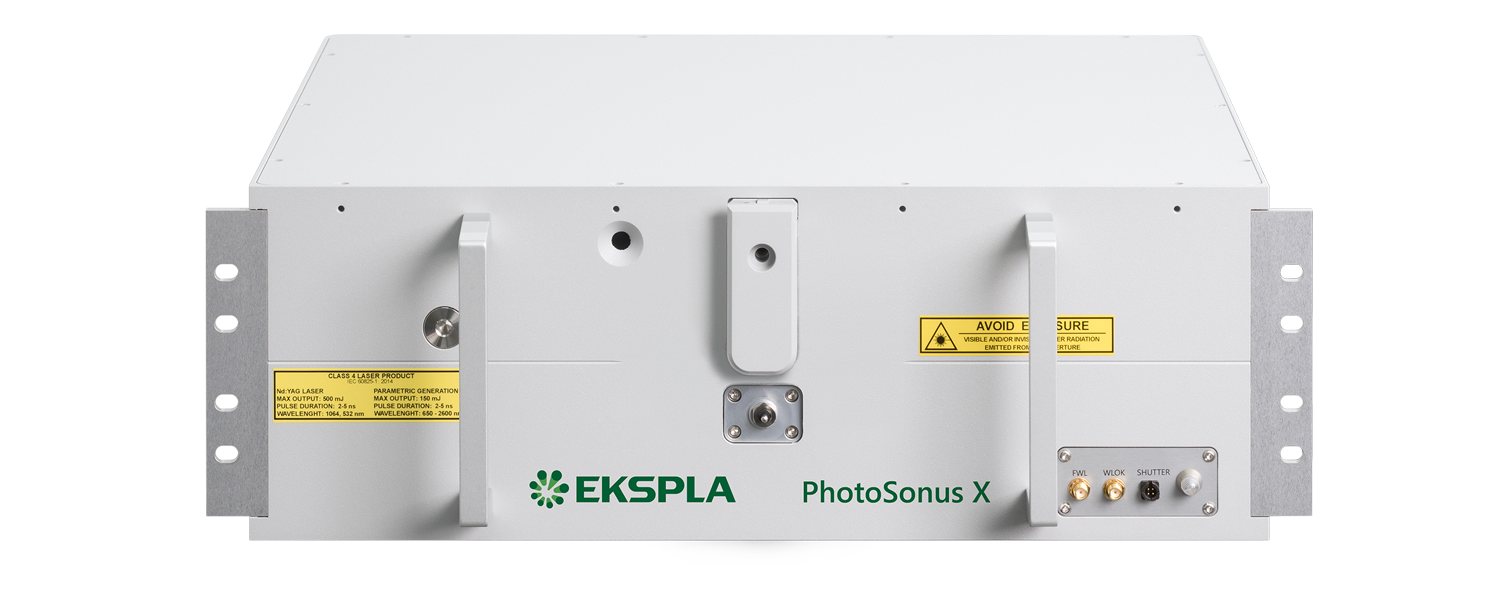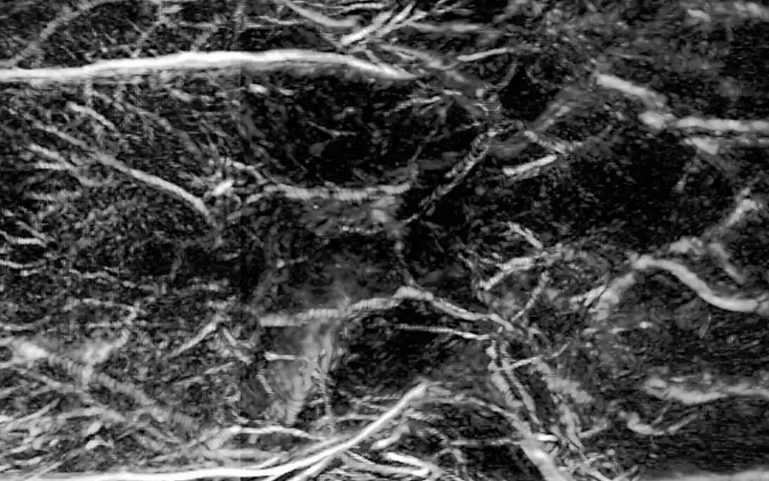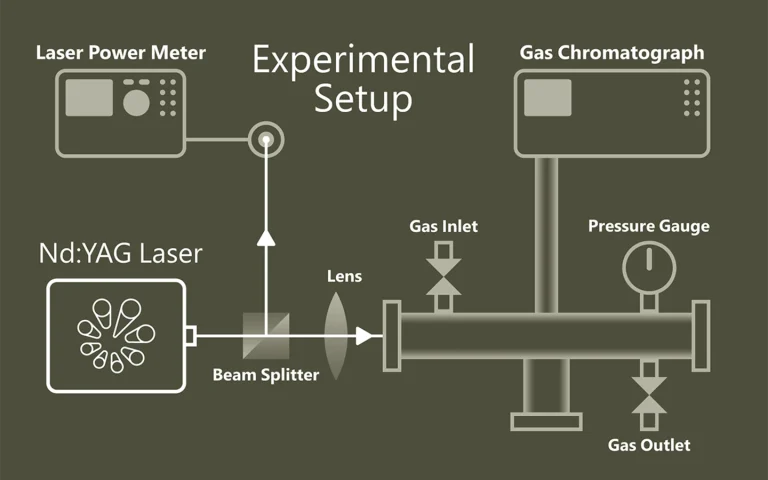PhotoSonus X
DPSS Hochleistungs-Laser mit einstellbarer Wellenlänge
Die Kombination aus hoher Ausgangsenergie, breitem Wellenlängenabstimmbereich, Wiederholraten von bis zu 100 Hz und schnellem Wellenlängenwechsel macht diese Laserquelle besonders geeignet für die photoakustische Bildgebung. Sie ermöglicht die Erfassung hochauflösender Bilddaten bei gleichzeitig hoher Akquisitionsrate.

Features
- Ultrabreiter Signalabstimmbereich von 650 bis 1300 nm
- Vollständig motorisierte Wellenlängeneinstellung
- Schneller Wellenlängenwechsel
- Extern triggerbar
- Hohe Pulsenergie von bis zu 90 mJ aus dem OPO
- Pulswiederholrate von 100 Hz oder 50 Hz
- Zertifizierungsbereit
- Geräuscharmer Betrieb mit < 60 dB
- Integrierter DPSS-Pumplaser und OPO in einem Gehäuse
- Lichtauskopplung über Faserbündel oder einzelne Faser
- Signal- und Idlerstrahl über denselben Ausgang (optional)
- Integrierter Energiemesser (optional)
- Elektromechanischer Ausgangsverschluss mit integrierter Selbsttestfunktion des Lasers
Highlights
- Pulswiederholrate von 100Hz oder 50Hz
- Integrierter DPSS-Pumplaser und OPO in einem Gehäuse
- Zertifizierungsbereit
- Geräuscharmer Betrieb mit < 60 dB
Anwendungen

Mit Licht hören – mit Schall sehen
Die laserbasierte photoakustische Bildgebung ist ein innovatives Verfahren, das Licht und Schall kombiniert, um hochauflösende Bilder biologischer Gewebe zu erzeugen. Dabei wird Gewebe mit kurzen, meist spektral abstimmbaren Laserpulsen bestrahlt. Diese führen zu einer minimalen lokalen Erwärmung und erzeugen dadurch Ultraschallwellen, die gemessen und in Bilder umgewandelt werden.

Wenn Licht Moleküle trennt
Photolyse beschreibt die lichtinduzierte Spaltung chemischer Verbindungen und spielt eine zentrale Rolle in der Photosynthese durch Wasserspaltung. Die Laser-Flash-Photolyse nutzt kurze, intensive Laserpulse (ns–fs), um kurzlebige Zwischenprodukte wie Radikale oder angeregte Zustände zu erzeugen und deren zeitlich aufgelöste Absorption zu beobachten. Probe-Pulse erfassen Reaktionsverläufe. Der Einsatz von OPOs erweitert die Möglichkeiten spektroskopischer Untersuchungen deutlich.
Anwendungen
Wissenschafliche Veröffentlichungen
A fast all-optical 3D photoacoustic scanner for clinical vascular imaging
N. T. Huynh, E. Zhang, O. Francies, F. Kuklis, T. Allen, J. Zhu et al., Nature Biomedical Engineering (2024). DOI: 10.1038/s41551-024-01247-x.
The clinical assessment of microvascular pathologies (in diabetes and in inflammatory skin diseases, for example) requires the visualization of superficial vascular anatomy. Photoacoustic tomography (PAT) scanners based on an all-optical Fabry–Perot ultrasound sensor can provide highly detailed 3D microvascular images, but minutes-long acquisition times have precluded their clinical use. Here we show that scan times can be reduced to a few seconds and even hundreds of milliseconds by parallelizing the optical architecture of the sensor readout, by using excitation lasers with high pulse-repetition frequencies and by exploiting compressed sensing. A PAT scanner with such fast acquisition minimizes motion-related artefacts and allows for the volumetric visualization of individual arterioles, venules, venous valves and millimetre-scale arteries and veins to depths approaching 15 mm, as well as for dynamic 3D images of time-varying tissue perfusion and other haemodynamic events. In exploratory case studies, we used the scanner to visualize and quantify microvascular changes associated with peripheral vascular disease, skin inflammation and rheumatoid arthritis. Fast all-optical PAT may prove useful in cardiovascular medicine, oncology, dermatology and rheumatology.
Theoretical and experimental comparison of the performance of gold, titanium, and platinum nanodiscs as contrast agents for photoacoustic imaging
J. Wi, J. Kim, M. Y. Kim, S. Choi, H. J. Jung, C. Kim et al., RSC Adv. 13, 9441-9447 (2023). DOI: 10.1039/D3RA00795B.
Exogenous contrast agents in photoacoustic imaging help improve spatial resolution and penetration depth and enable targeted molecular imaging. To screen efficient photoacoustic signaling materials as contrast agents, we propose a light absorption-weighted figure of merit (FOM) that can be calculated using material data from the literature and numerically simulated light absorption cross-sections. The calculated light absorption-weighted FOM shows that a Ti nanodisc has a photoacoustic conversion performance similar to that of an Au nanodisc and better than that of a Pt nanodisc. The photoacoustic imaging results of Ti, Au, and Pt nanodiscs, which are physically synthesized with identical shapes and dimensions, experimentally demonstrated that the Ti nanodisc could be a highly efficient contrast agent.
Utilising nanosecond sources in diffuse optical tomography
M. Mozumder, J. Leskinen, and T. Tarvainen, Measurement Science and Technology 34 (2), 025901 (2022). DOI: 10.1088/1361-6501/ac9e11.
Diffuse optical tomography (DOT) use near-infrared light for imaging optical properties of biological tissues. Time-domain (TD) DOT systems use pulsed lasers and measure time-varying temporal point spread function (TPSF), carrying information from both superficial and deep layers of imaged target. In this work, feasibility of nanosecond scale light pulses as sources for TD-DOT is studied. Nanosecond sources enable using relatively robust measurement setups with standard analogue-to-digital converter waveform digitizers, such as digital oscilloscopes. However, this type of systems have some properties, such as variations in source pulses and limited temporal sampling, that could limit their usage. In this work, these different aspects and possible limitations were studied with simulations and experiments. Simulations showed that information carried by TD data of diffuse medium is on low frequencies. This enables usage of relatively slow response time measurement electronics, and image processing using Fourier-transformed TD data. Furthermore, the temporal sampling in measurements needs to be high enough to capture the TPSF, but this rate can be achieved with standard digital oscilloscopes. It was shown that, although variations in light pulses of nanosecond lasers are larger than those of picosecond sources, these variations do not affect significantly on image quality. Overall, the simulations demonstrated the capability of nanosecond sources to be utilised in TD-DOT in diffuse medium. In this work, a prototype TD-DOT experimental system utilising a high-energy nanosecond laser was constructed. The system is relatively robust consisting of a nanosecond Nd:YAG laser combined with optical parametric oscillator for light input and optical fibres for guiding the light, and avalanche photodetector and high-bandwidth oscilloscope for TPSF measurements. The system was used in both absolute and difference imaging of two phantoms. The experiments verified that both absorbing and scattering objects can be reconstructed with good accuracy with TD-DOT using a nanosecond laser.
